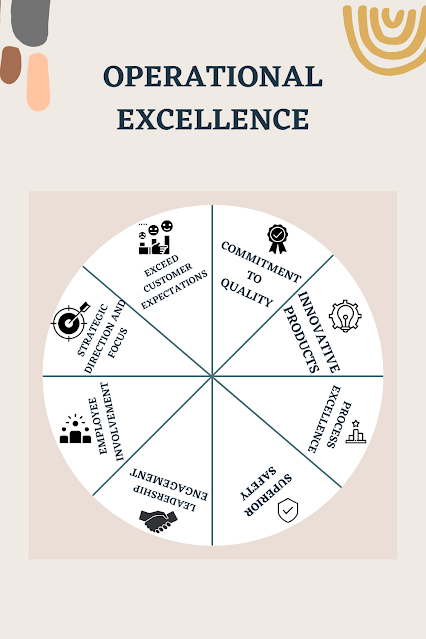Achieving Operational Excellence: The Six Sigma Combo Course
Introduction
In today’s highly competitive business environment, organizations are constantly looking for ways to increase productivity, reduce costs, and improve overall performance Six Sigma has emerged as a powerful method to achieve that goal of these types by systematically eliminating errors and errors in systems. Integrated learning can provide a comprehensive and effective learning experience for employees who aim to master the complexities of Six Sigma. In this blog post, we will explore the key features of the benefits of a Six Sigma Combo Course.
In today’s highly competitive business environment, organizations are constantly looking for ways to increase productivity, reduce costs, and improve overall performance Six Sigma has emerged as a powerful method to achieve that goal of these types by systematically eliminating errors and errors in systems. Integrated learning can provide a comprehensive and effective learning experience for employees who aim to master the complexities of Six Sigma. In this blog post, we will explore the key features of the benefits of a Six Sigma Combo Course.
Understanding Six Sigma:
Six Sigma is a data-driven approach to improvement that seeks to reduce variability and eliminate errors, leading to improvements and customer satisfaction. It was originally developed by Motorola in the 1980s, and by companies such as General Electric This method DMAIC (Define, Measure, Analyze) was popularized , Improve, Control) for continuous improvement ) focus on the process.
Six Sigma is a data-driven approach to improvement that seeks to reduce variability and eliminate errors, leading to improvements and customer satisfaction. It was originally developed by Motorola in the 1980s, and by companies such as General Electric This method DMAIC (Define, Measure, Analyze) was popularized , Improve, Control) for continuous improvement ) focus on the process.
The Six Sigma Combo Course:
The Six Sigma Combo Course is a comprehensive training program that combines multiple Six Sigma certifications into one integrated course. Typically, these courses cover Yellow Belt, Green Belt, and Black Belt levels, providing a comprehensive understanding of Six Sigma principles and techniques.
- Yellow Belt Level:
The Yellow Belt level introduces participants to the basics of Six Sigma, including basic concepts, terminology, and techniques. Participants gain a foundational understanding of how Six Sigma contributes to process improvement and organizational success.
- Green Belt Level: Green Belt Level.
At the Greenbelt level, participants delve into Six Sigma tools and methodologies. They learn how to analyze data, identify root causes of problems, and implement solutions to improve productivity. Greenbelts often play key roles in work teams, working with Blackbelts to drive significant change in an organization.
- Black Belt Level: Black Belt Level.
The Black Belt level is the highest level of Six Sigma certification and is designed for individuals who want to lead and manage Six Sigma projects. Black belts are skilled in statistical analysis, project management, and transformational leadership. They contribute significantly to organizational success and measurable results.
The Six Sigma Combo Course is a comprehensive training program that combines multiple Six Sigma certifications into one integrated course. Typically, these courses cover Yellow Belt, Green Belt, and Black Belt levels, providing a comprehensive understanding of Six Sigma principles and techniques.


.png)
Comments
Post a Comment